Acoelorraphe wrightii (Paurotis Palm, Everglades Palm)
Botanical Information
| Family | Arecaceae |
| Genus | Acoelorraphe |
| Species | wrightii |
| Synonyms | Acanthosabal caespitosa, Acoelorraphe arborescens, Acoelorraphe pinetorum, Brahea psilocalyx, Copernicia wrightii, Paurotis arborescens, Paurotis androsana, Paurotis wrightii, Britton, Paurotis psilocalyx, Lundell, Serenoa arborescens Sargent |
| Category | Tropicals |
| Type | Tree (evergreen) |
| Origin | Souther Florida and the Caribbean. |
Details
| USDA Hardiness Zone | 8 - 11 |
| USDA Hardiness Ref. | |
| Canadian Hardiness Zone | Requires cold season protection under glass. |
| Canada Hardiness Ref. | |
| RHS Hardiness Zone | H1b-H5 |
| RHS Hardiness Ref. | |
| Temperature (°F) | 25-28 |
| Height | 4.5 - 7.5 m |
| Spread | 3.0 - 4.5 m |
| Growth | Slow |
Description and Growing Information
| General Description | A native of the Florida Everglades, Paurotis Palm prefers rich, moist locations. Grows in full sun or partial shade while growth is considerably slower and could decline and die without irrigation on a dry, well-drained site. Paurotis Palm is tolerant of salt spray. It is popular as an accent or specimen plant for large residential, commercial or municipal landscapes. |
| Propagation | By seed. |
| Notable Specimens | Bok Tower Gardens, Lake Wales, Florida, United States of America. Harry P. Leu Gardens, Orlando, Florida, United States of America. |
| Leaf Description | Green, star shaped palm leaves. |
| Flower Description | Yellow showy flowers. |
| Fruit Description | Produces black, round fruit. |
Photographs
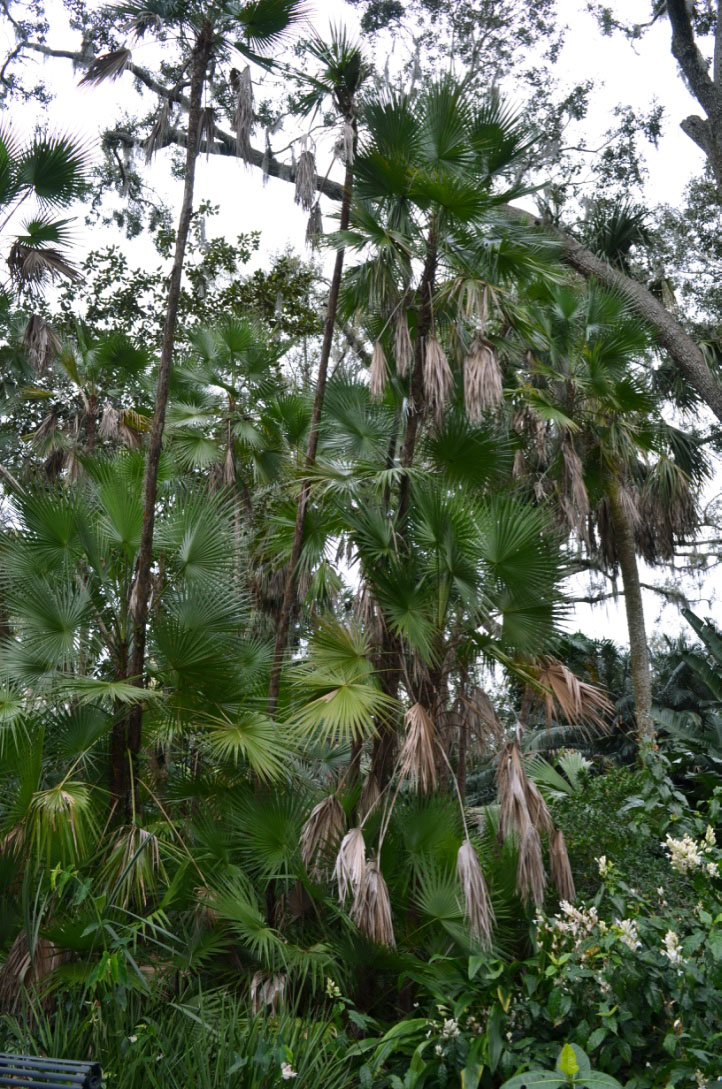
Acoclorrhaphe wrightii, form.
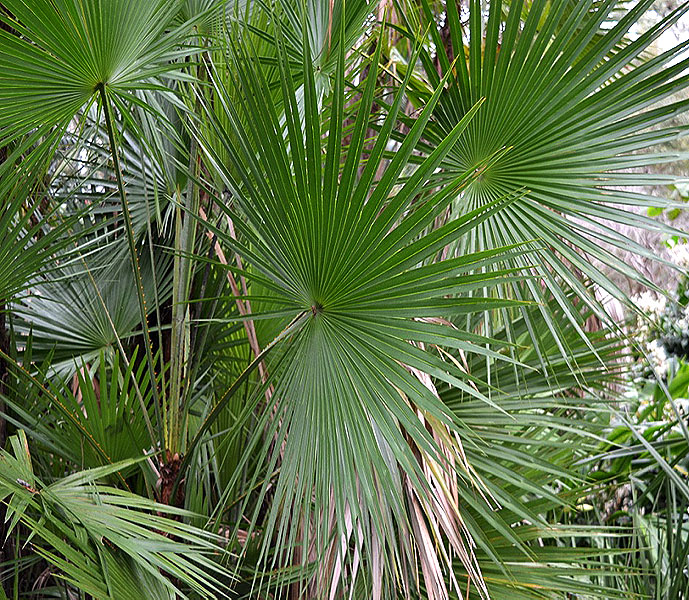
Acoclorrhaphe wrightii, leaf.
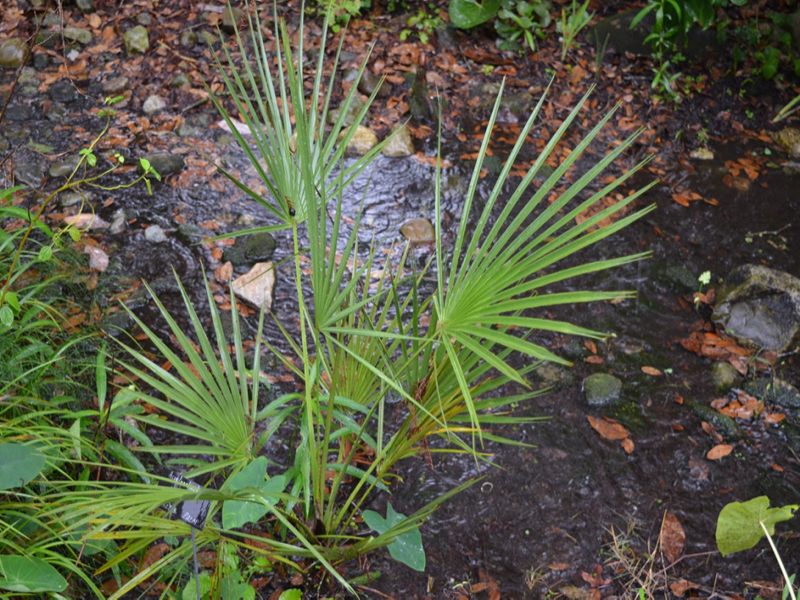
Acoclorrhaphe wrightii, form, Harry P. Leu Gardens, Orlando, Florida, United States of America.
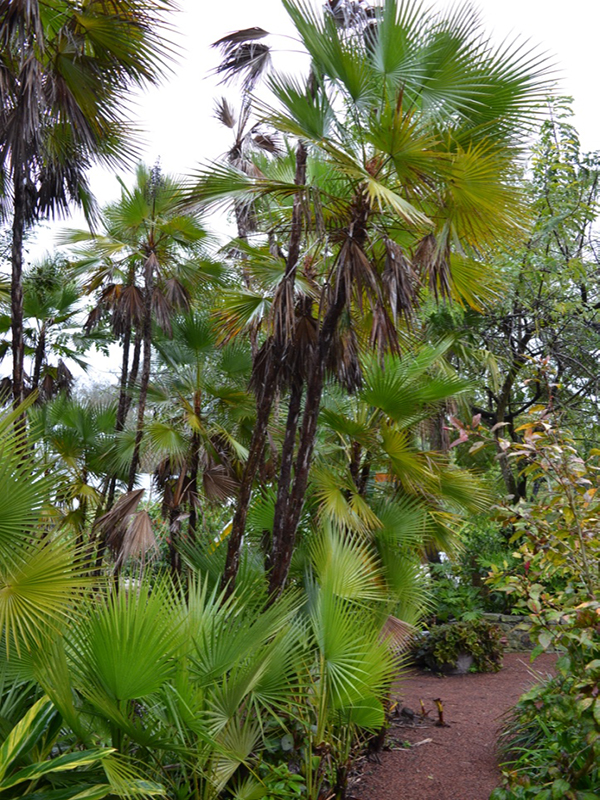
Acoclorrhaphe wrightii, form, Harry P. Leu Gardens, Orlando, Florida, United States of America.
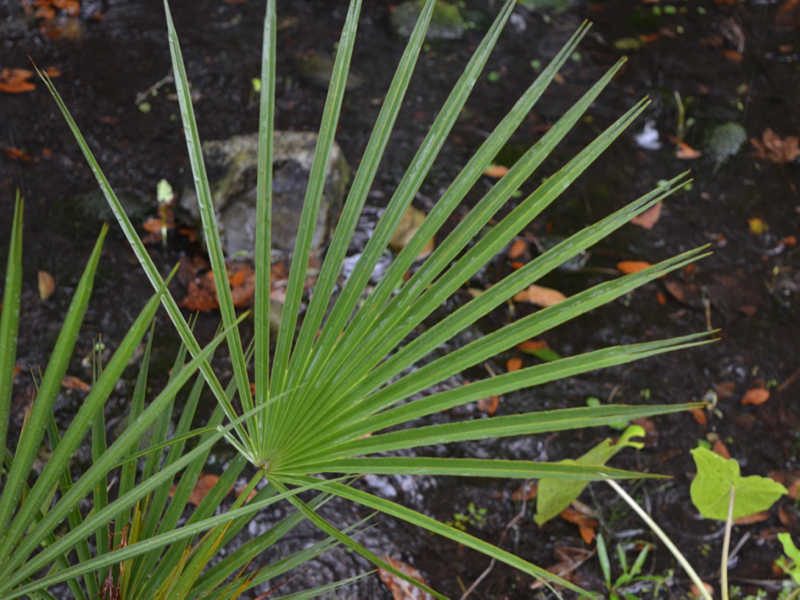
Acoclorrhaphe wrightii, leaf, Harry P. Leu Gardens, Orlando, Florida, United States of America.
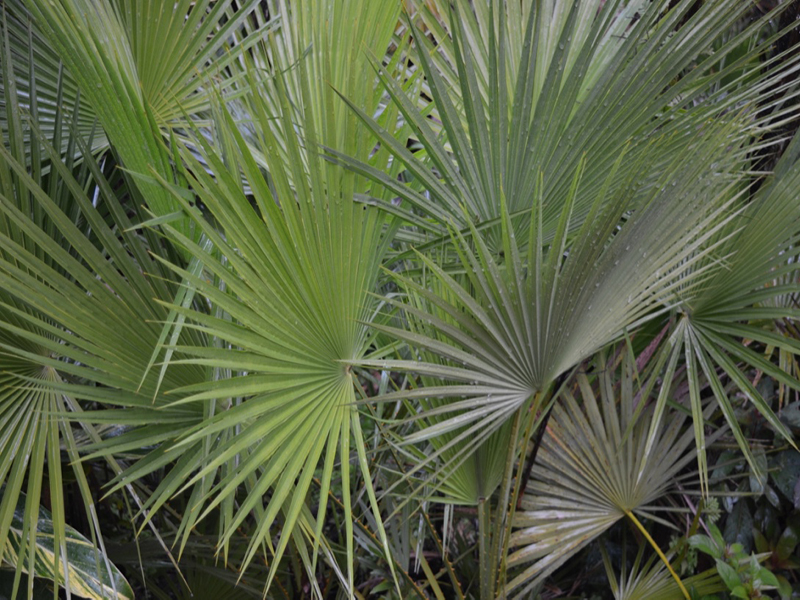
Acoclorrhaphe wrightii, leaf, Harry P. Leu Gardens, Orlando, Florida, United States of America.